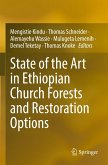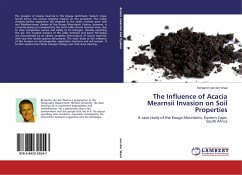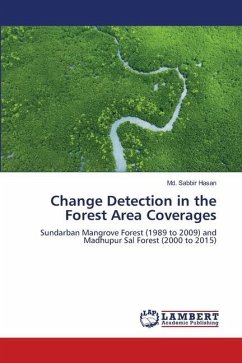This book focuses on the role of shelterbelts in ecological restoration. It attempts to analyzes the influence of shelterbelts on soil and vegetation in a semi-arid environment. The research was conducted using both field study and geo-information techniques. The results showed that the area of vegetation cover had decrease by 49 % between 1972 and 2007 caused mainly by anthropogenic factors. There was no significant relationship between rainfall and the vegetation indices in both sites except NDVI in Garanda site that showed significant relationship (r = 0.92, p 0.05). The findings also showed that poor funding, lack of irrigation facilities and uncontrolled grazing activities were the major problems militating against successful performance of shelterbelts. Furthermore, shelterbelts had significant influence on vegetation characteristics while the Simpson's Index showed no significant influence of shelterbelts on plant species diversity.
Bitte wählen Sie Ihr Anliegen aus.
Rechnungen
Retourenschein anfordern
Bestellstatus
Storno








